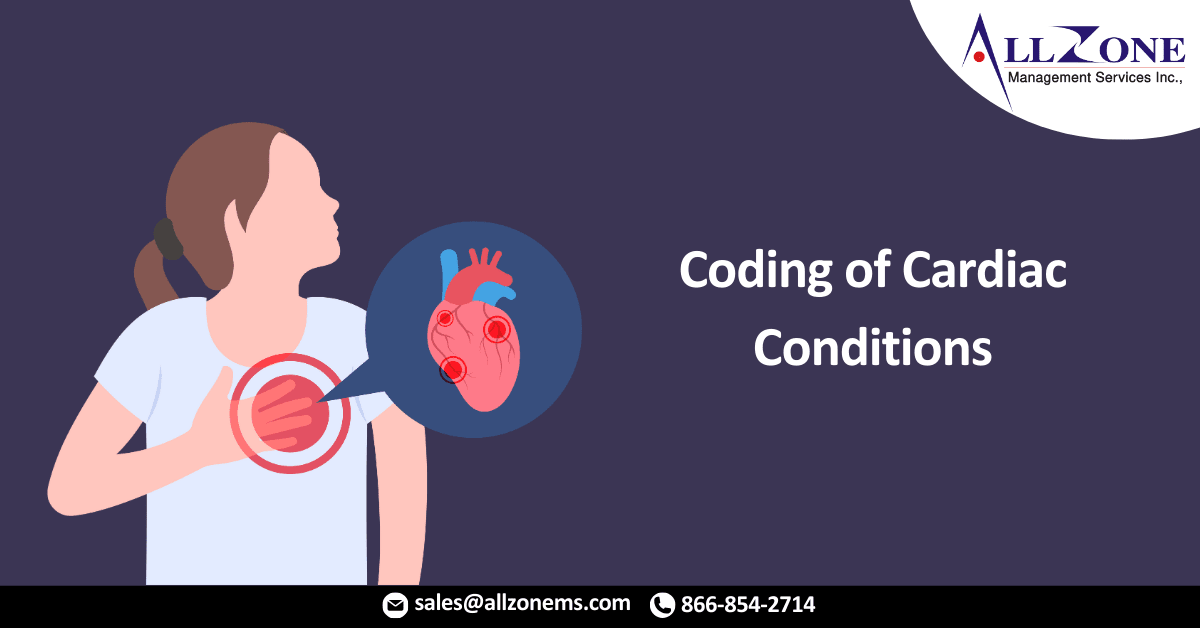February may be American Heart Month, but correctly diagnosing and coding cardiac conditions requires healthcare professionals to work hard to get right 365 days a year.
Outlining coding guidance for pulmonary hypertension – a rare condition that nonetheless can be particularly deadly, often because it is not diagnosed until it is in advanced stages.
It can be triggered by a variety of factors, including sleep apnea and chronic obstructive pulmonary disease (COPD). Per the Centers for Disease Control and Prevention (CDC), the true prevalence is still unknown, but it’s estimated that between 50-100 people per million have the condition – so getting the right diagnosis and treatment is crucial for those who have it, because pulmonary hypertension worsens over time, and there is currently no cure. The breakdown of five primary groupings of the condition, along with the correct code to apply for each.
It’s no wonder why such attention is being devoted to the topic – the heart is quite simply a marvel of biology, asked to perform its signature task some 100,000 times a day, circulating 2,000 gallons of fluid daily through 60,000 miles of piping to sustain functions ranging from doing taxes to running marathons – and if well-maintained, it can run for 100 years without breaking down even once.
The importance of the heart can even be gleaned from the dictionary, which gives the word more than 15 distinct definitions – it can refer to ‘a generous disposition,’ ‘courage or enthusiasm,’ ‘one’s innermost character, feelings, or inclinations,’ or even ‘the essential or most vital part of something. What better way to recognize the importance of the heart by focusing on ways to make it healthier?
And while pulmonary hypertension may be rare, other types of heart issues are not – 1 in every 3 deaths in the United States is related to cardiovascular disease. What’s more, 1 in 5 adults who died from cardiovascular disease in 2019 were under the age of 65.
The CDC reports that the most common type of heart disease in the U.S. is coronary artery disease (CAD), which affects the blood flow to the heart; decreased blood flow can cause a heart attack. What can make the condition so insidious is that the warning signs can be easy or even impossible to miss. Many times, CAD patients won’t be diagnosed until they’re already in crisis, experiencing a heart attack, heart failure, or an arrhythmia.
At that point, the signs become unmistakable. For a heart attack, symptoms can include chest pain or discomfort, upper back or neck pain, indigestion, heartburn, nausea or vomiting, extreme fatigue, upper body discomfort, dizziness, and shortness of breath. For arrhythmia, fluttering feelings in the chest (palpitations) are a telltale sign. And for heart failure, shortness of breath, fatigue, or swelling of the feet, ankles, legs, abdomen, or neck veins will often present.
Fortunately, the risk factors for heart disease are likewise unmistakable – and often avoidable. High blood pressure, high cholesterol, and smoking are three key ones, and about half of all Americans have at least one. Diabetes, obesity, poor diet, inactivity, and excessive alcohol use can also contribute
For More Information: coding of cardiac conditions takes center stage for american heart month

